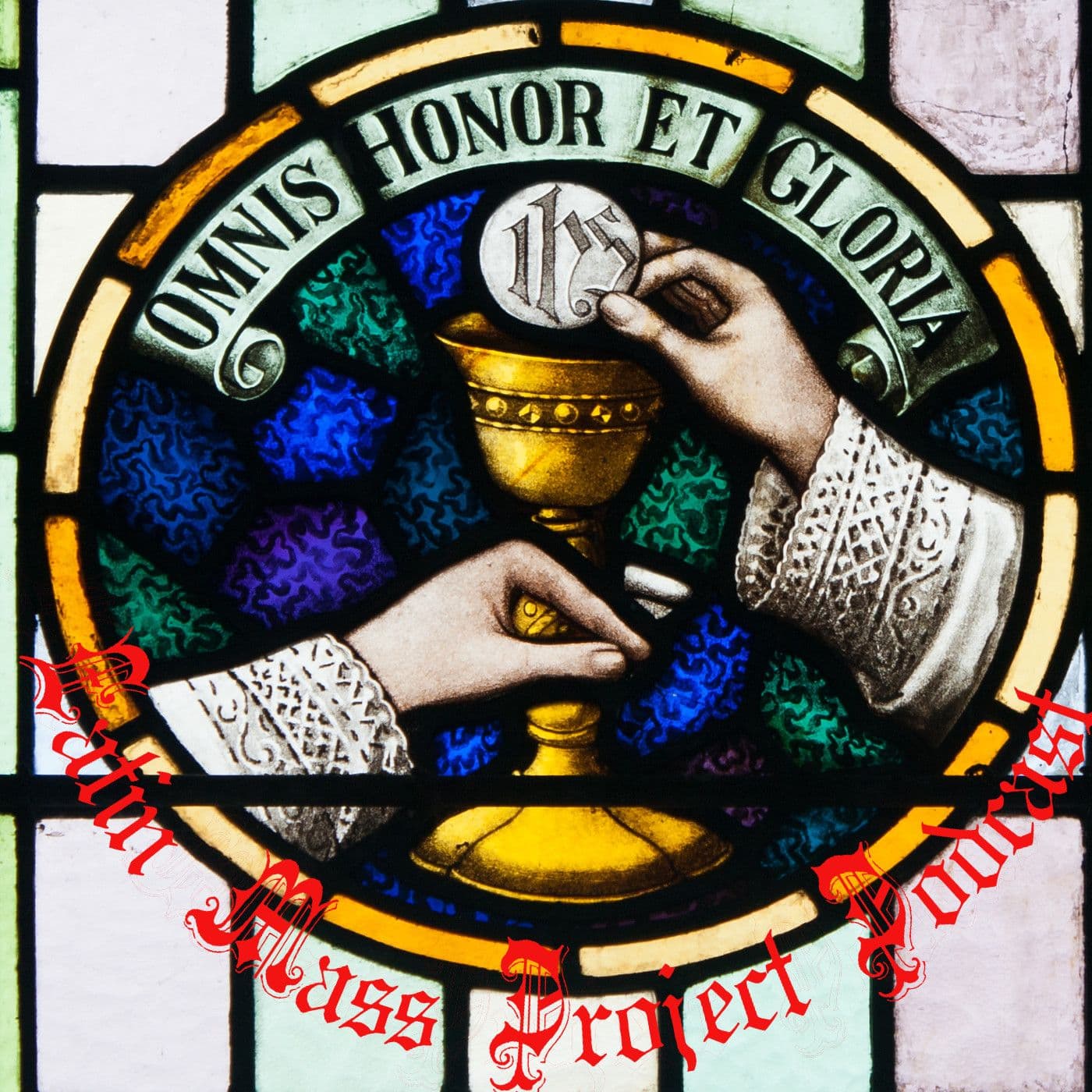Religion & Spirituality
Your browser does not support the audio element. Podcast (21m07s): Play in new window | Download Sacred MusicPart I: Chant and Instruments Singing the Mass vs. Singing at MassSacred music by its very nature is music that is set apart for the sacred liturgy. It is different from secular (worldly) music. We speak of sacred and profane music. The word profane does not mean wicked, sinful, or evil; rather, it means, literally "outside the temple" (from the Latin fanum, temple). Music that is admitted into the Mass is considered sacred music, in one way or another. When most Latin Catholics go to Mass, they hear lots of hymns: an opening hymn, an offertory hymn, a communion hymn, a recessional hymn. Hymns are poetic texts sung to simple melodies by the whole congregation. Although 20th century magisterial texts encouraged hymns (for instance, Pius XII in Musicae Sacrae) for their ability to inspire devotion among the faithful, hymns are not actually part of the Mass. But there is music that is part of the Mass. In fact, the Mass itself is a song. The most basic sung portion of the Mass are the calls and responses between the priest and the people: "Dominus vobiscum", the Lord be with you; "Et cum spiritu tuo", and with your spirit, and so forth. But other music belongs to the Mass as well. Chants such as the Gloria or the Gradual are examples of music sung by the choir and sometimes the people that are part of the Mass. In its 1958 Instruction on Sacred Music, the Congregation for Rites made a list of Sacred music, that is music admissible to the Mass: Gregorian ChantSacred Polyphony"Modern" Sacred Music (such as Mozart)Sacred instrumental music (mostly organ solos)HymnsIt also speaks of Religious Music, which is music that by its nature isn't appropriate for Mass, but is useful in other circumstances to raise the mind and heart to God. Among these categories, the first three include music for the texts of the Mass, and among those three, Gregory Chant holds a special place. Sacrosanctum Concilium (116), the constitution of Vatican II on the Sacred Liturgy, summarizes this nicely: The Church acknowledges Gregorian chant as proper to the Roman liturgy: therefore, other things being equal, it is to be given the first place in liturgical services.The word proper means its own. Gregorian Chant is not separate from the Roman Mass: the two grew up together. It is the Mass's own music. It's not a mere decoration of the Mass: it's part of the Mass. And so, all things being equal, it must be given the first place. But in the Middle Ages, the chant was decorated and sometimes replaced by music with multiple voices and music accompanied by instruments. In the High Middle Ages, vocal music reached such perfection in polyphony, that the Church made polyphony her own for the Roman Mass, particularly in the music of Palestrina. Later on, the music was enriched with orchestral music and other types of music. The Church permitted some of this, but never fully embraced it. Popes attempted to eliminate the operatic and the worldly or profane from this music. Still, it was never entirely forbidden.Instruments at MassThe apostolic Christians did not use instruments. Some of the Church Fathers spoke especially negatively about them. Even at the time of Thomas Aquinas, the Angelic Doctor considers them to be banned in the Sacred Liturgy. This ban continues to this day in some Eastern Churches, but in the West, they were gradually allowed, but only insofar as the could sustain, imitate, augment, and decorate the human voice. The organ became the first and only instrument fully embraced by the Church when it had suitably developed so that it had a similar subtlety to the human voice.There are some historical reasons for this, but the principle reasons why the voice is the liturgical instrument par excellence are theological, namely that the Word become flesh and sent the Holy Spirit who makes nimble the tongue.Christian worship is logos-centric. It is centered on the word, in honor of the Word of God. The Holy Spirit who spoke through the prophets also loosens the tongues of Christians to proclaim the glories of God, giving to the human voice the power to express even what is beyond words. Thus worship with words is the most spiritual worship. It is our logike latria our word-centered/rational/logical/spiritual worship.In admitting instruments to the Mass, the Church has never forgotten the word-centeredness of her worship. In fact, Pius XI writes in Divini Cultus:Voices should be preferred to instruments for no instrument, however perfect, however excellent, can surpass the human voice in expressing human thought, especially when it is used by the mind to offer up prayer and praise to Almighty God.and Benedict IX in Annus Qui in 1749 permitted certain stringed and wind instruments "only for adding some support to the singing, so that the meaning of the prayers is more clearly brought to the minds of the listeners and the souls of the faithful are moved to a contemplation of spiritual things, and are aroused to a love of God and of things divine."We can never leave behind Gregorian Chant! Its very rhythms and spirit define Sacred Music for the Roman Mass. We can never leave behind the human voice. And when we introduce new music into the Liturgy, it must be truly sacred.

